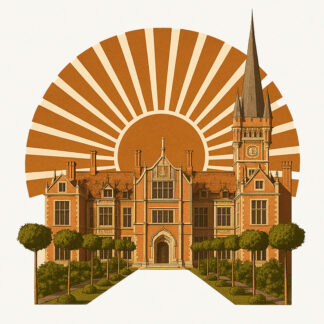Count Juozapas Tiškevičius was a prominent and wealthy Lithuanian landowner of the 19th century, who lived from 1835 to 1891. He inherited the Izabelin estate in Ašmena county and the Palanga estate in Žemaitia after his father’s death. After completing military school and becoming an officer of the Russian Empire, he was assigned to the 1st Sumy Hussar Regiment in Vilnius. Count Juozapas was an active supporter of new technological solutions and inventions and the creator of industrial enterprises
Although he is primarily known for the construction of the famous Palanga bridge, his life was full of many other accomplishments, which Julius Kanarskas, deputy director of Kretinga Museum for Museology, historian, and archaeologist, believes are needlessly forgotten. Kanarskas invites readers to delve into the count’s life, which he believes is novel-worthy.
Count Juozapas was a determined and strong-willed man who overcame many obstacles in pursuit of his goals. He loved adventures with women and demanded that the nannies be beautiful. He married Sofia, the youngest daughter of the Hungarian nobleman of the Grand Duchy of Lithuania, Alexander Horvats, and had 12 children, of whom 5 sons and 3 daughters grew up.
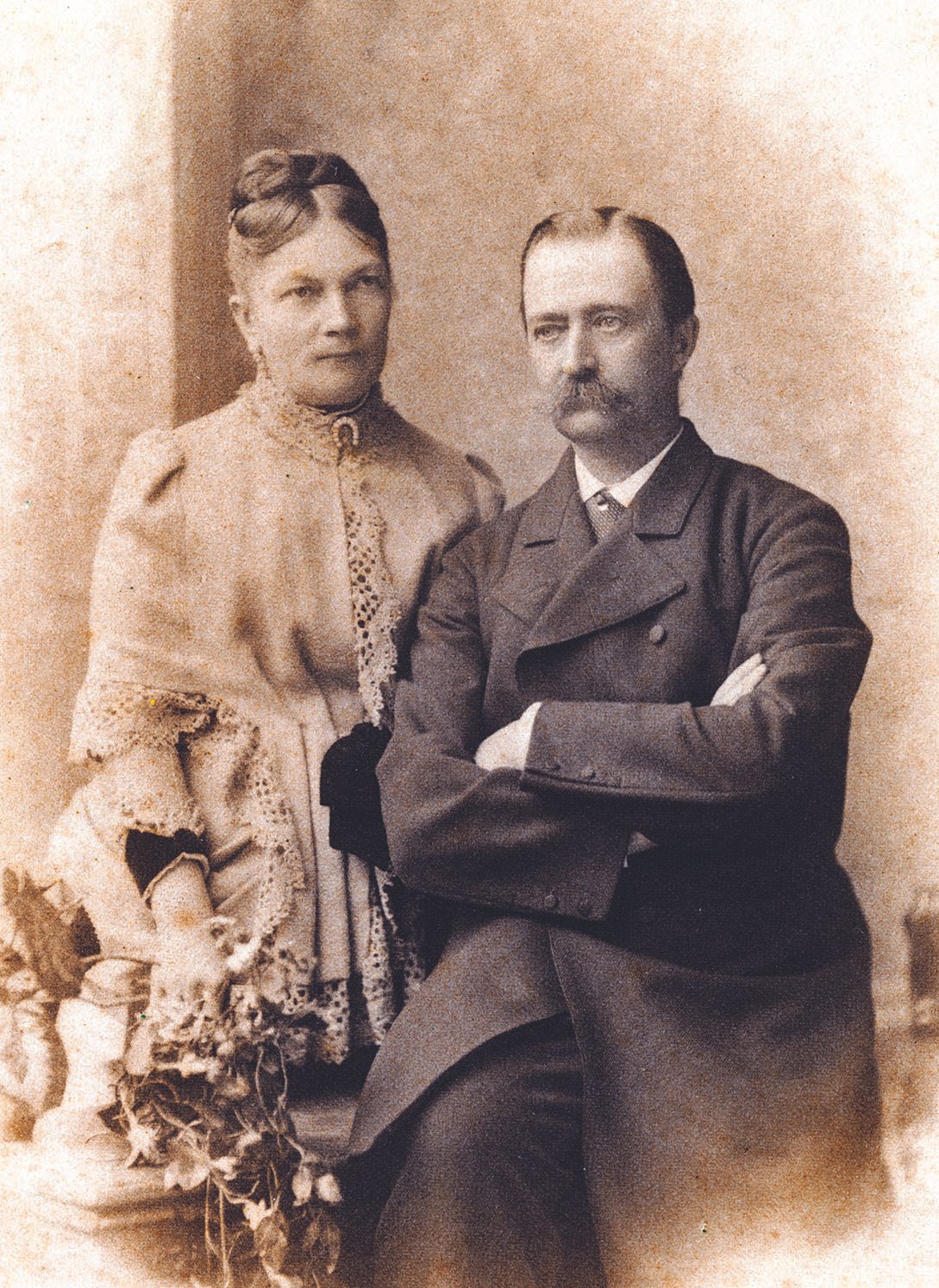
Great attention was paid to the upbringing and education of his children. Since childhood, the sons studied in the St. Petersburg Pagoda Corps and later in military schools, and met their parents and relatives only during Easter, Christmas, and summer holidays. Countess Sofia prioritized intelligence, education, and the ability to communicate when selecting a pedagogue, and the count also unconditionally demanded that the teacher be beautiful.
Count Juozapas was an officer in the Russian Empire, and the events of the 1863 uprising turned his successful official career in a different direction. He did not participate in the uprising, but allocated a considerable amount of money to arm the rebels. When the unrest started, the count decided to give up his adjutant position and went to Paris with his wife for a couple of years.
After returning home, he found peace in the estate of Kretinga. Count Juozapas was described by historian J. Kanarskas as a man who, in pursuit of his goals, was able to overcome all obstacles in his way. However, he did not want the blood of young people and did not support uprisings. When rebellions of peasants dissatisfied with the post-slavery reform began, he and his company chased away the peasants of Countess Elvyra Zamoiska, who were rebelling in the marketplace of the city of Vija. For this, relatives and friends who sympathized with the uprising condemned the count.
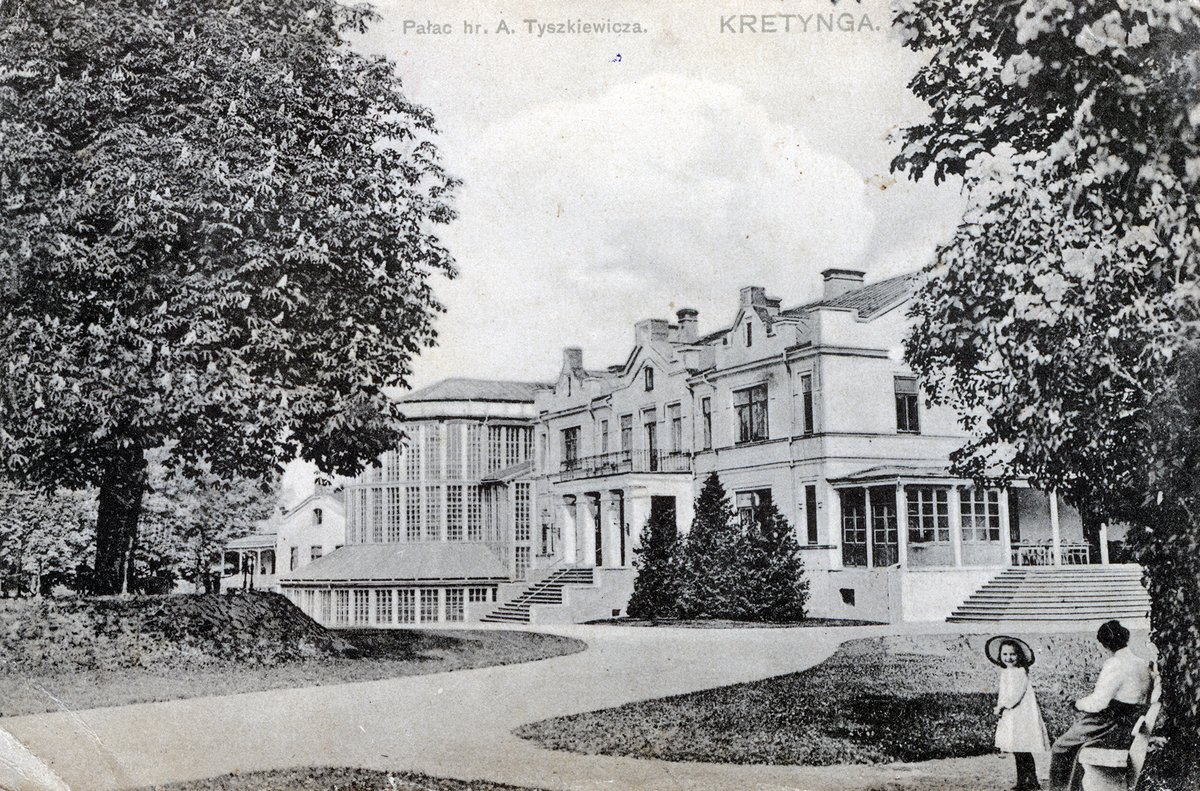
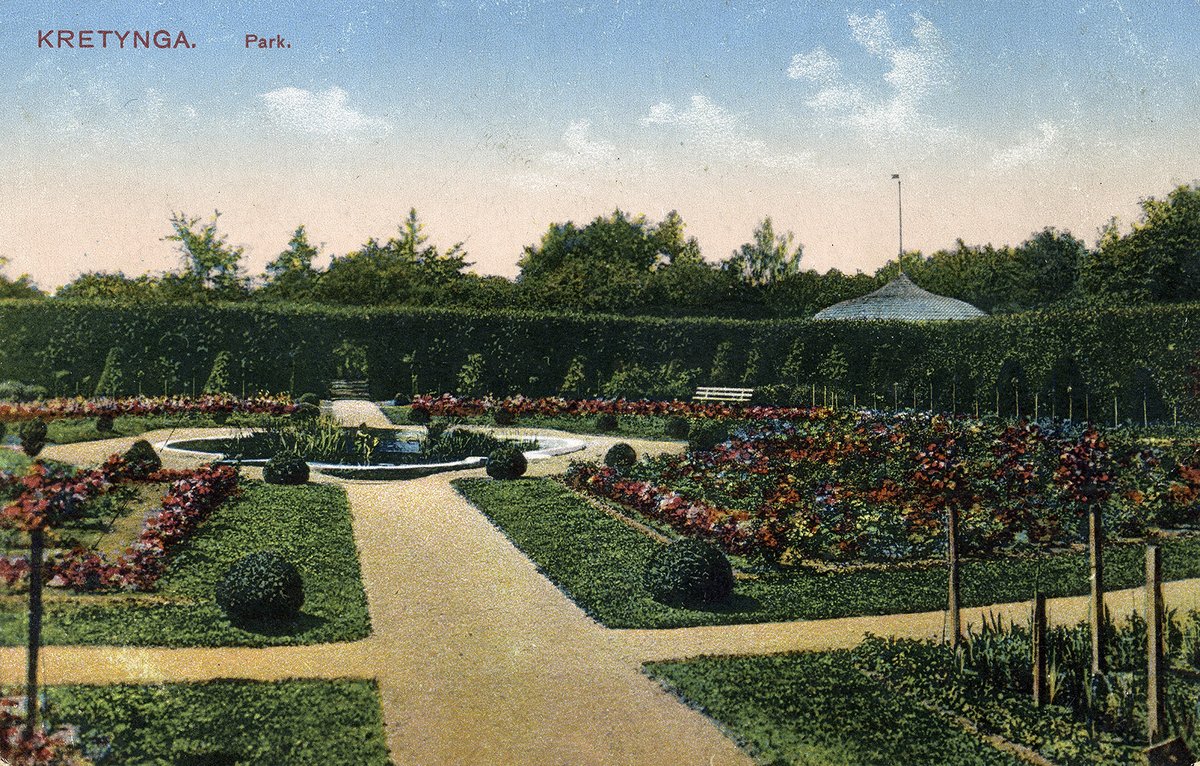
Palanga became a famous entertainment resort, thanks to the efforts of Count Tyshkevich
Count Juozapas saw the potential in Palanga as a resort town, and he began to develop it accordingly. He built a hotel, a casino, and a theater, which attracted wealthy visitors from all over Europe. However, his most significant contribution to Palanga was the construction of the famous Palanga Bridge.
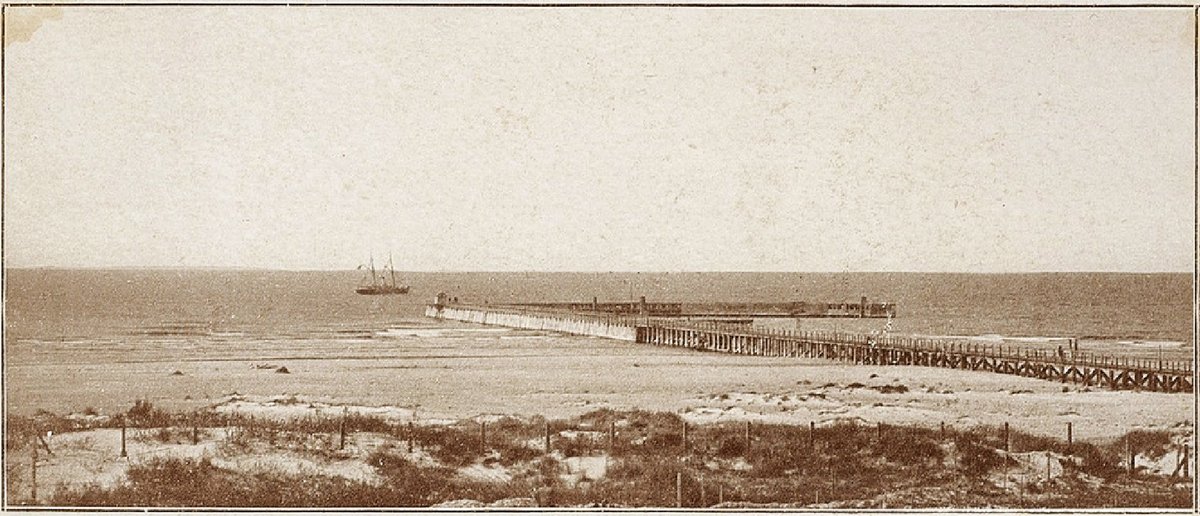
The bridge, which spans the Nemunas River delta and connects Palanga with the Curonian Spit, was a major engineering feat at the time of its construction. Count Juozapas oversaw the project himself and invested a considerable amount of his own money into it. Today, the Palanga Bridge is considered one of the most beautiful and historical landmarks of the town.
Despite his significant contributions to the development of Palanga, Count Juozapas Tyshkevich is often overlooked in Lithuanian history. Julius Kanarskas, the deputy director of the Kretinga Museum for Museology, believes that the Count deserves more recognition and invites people to learn about his life and achievements.
“Count Juozapas Tiškevičius was a remarkable man who accomplished a great deal in his life. He was an active supporter of new technologies and inventions and created industrial enterprises. He was a devoted husband and father who took great care in the upbringing and education of his children. He was also a determined and strong-willed man who overcame obstacles in pursuit of his goals,” says Kanarskas.
The Count’s legacy lives on in Palanga, where the resort town that he helped to create continues to thrive. Visitors can still see the Palanga Bridge and other landmarks that bear witness to his vision and determination. And thanks to the efforts of historians like Julius Kanarskas, Count Juozapas Tiškevičius’s contributions to Lithuanian history are finally receiving the recognition they deserve.
Count Tyshkevich was a passionate innovator, always eager to try out new scientific discoveries. He was receptive to technological advancements and various scientific inventions that could be useful for his properties. Here are some highlights from his life achievements:
- Telegraph Office: In 1878, he opened a telegraph office in the palace of Kretinga Manor as part of an agreement with the Ministry of Post and Telegraph Communications of the Russian Empire. He even provided an apartment and paid a salary to the clerk.
- Gramophone and Radio: Count Tyshkevich was thrilled when he purchased the first gramophone and radio. His daughter, Elena Klotilda Ostrovska, fondly remembered her father’s excitement.
- Motorized Carriage: After learning about the motorized carriage invented by G. Daimler in the press, he sent his daughter, Maria, to Munich to inspect the invention and decide if it was worth buying. However, the daughter telegraphed back that it wouldn’t be suitable for her father, who was tormented by diseases, because of the noise and intense shaking when driving. Count Tyshkevich was persuaded by relatives to abandon the idea of buying one of the first cars.
- Telephone Line: In 1882, the first telephone line in Lithuania was brought to the office of the manor and the office of the count, connecting Kretinga with the estates of Dukes Mykolas and Bogdans Oginskii Plungė and Rietava. Later, the manor was connected to all the estates by telephone.
- Power Plant: Count Juozapas Tiškevičius founded the first power plant in Lithuania in 1878. The power plant was installed in Kretinga Manor, in a reconstructed water mill building. According to the Kretinga Museum, the power plant was installed a little later – in 1883 – by Huber, a German citizen, who received 8,548 German marks for the work performed under the contract. The equipment was turned by a water turbine, and during drought and winter by a steam engine.
- Electric Lighting: Electricity was initially supplied only to the Winter Garden. Countess Elena Klotilda Tiškevičiūtė remembered that “in the evenings, the winter garden was illuminated with arc electric lamps, which was very unusual at that time. It was probably the first electric light in the Russian state.” Later, the electricity produced in the power plant was used to light the palace. At that time, there were no electrical switches, and when the turbines of the power plant stopped, all the electric lamps went out at the same time.
- Legacy: Count Tiškevičius owned 27 estates with 437 thousand hectares of land when he died in 1891 at the age of 60. He suffered from heart and lung diseases and was unable to walk for the last 10 years of his life. After his death, his family divided his property, and the residence in Kretinga was inherited by his eldest son, Aleksander.
- Preservation of Memory: Today, the Kretinga Museum operates in the manor that Count Tyshkevich cultivated. Its exhibits mention the history of the Tiškevičius family, and with the care of the museum administration, the palace, park, and other buildings have been restored to their former glory.
Count Juozapas Tiškevičius was a pioneer of technological innovations in Lithuania. His legacy and contributions to the development of the country are still remembered and celebrated today.
He had a passion for new scientific discoveries: he was quick to try them out. The Count was receptive to technological innovations and to the various scientific discoveries that could benefit his dominions. The last years of his life were marred by poor health. According to historian J. Kanarskas, during the last 10 years of his life, Joseph Tiškevičius suffered from severe heart and lung diseases and was unable to walk.
He died on 7 June 1891, after an unsuccessful operation in Kretinga, and was buried in Palanga. When Count Joseph died, he owned 27 estates with 437 000 hectares of land. A professor of medicine from the University of Königsberg was invited to embalm the body, preparing the remains for the period of farewell to the deceased. The body was placed in a sarcophagus. It is made of zinc sheet, covered with tin, with a double bottom and lid, lockable with two locks, decorated with neoclassical ornaments, and decorated with functional details.
The deceased was placed in the arms of the deceased by Countess Sophie with a silver-alloy crucifix made by the jeweler Bajeris. The sarcophagus with the remains was taken to Kretinga on 31 May. The catafalque, hired from Klaipėda, was pulled by 4 horses dressed in black, and 4 men dressed in black marched on the sides carrying torches. The coffin was accompanied by the Count’s favorite horse, family members, and relatives. Dressed in the parade uniform of a colonel, the Count lay in his coffin, on which was placed a uniform hat and a sword.
After the family had divided the deceased’s estate, the residence in Kretinga was inherited by the eldest son, Alexander. Vladislovas, a collector and founder of the Vilnius Museum of Art and Science, inherited Lentvaris. The third son, Antanas, inherited the factories, mills and workshops in Vilnius, as well as the Kairėnai manor.
The fourth son, Juozapas, built a new palace with a park on the inherited Užutrakis Manor, established a majorate, and became the founder of the line of Counts Tiškevičius III (Užutrakis). The youngest son Feliksas Vincentas built a new manor house with a palace and a park in Palanga and invested heavily in the development of the resort’s infrastructure.
The memory of Count Juozapas Tiškevičius is preserved in Kretinga. Today, the Kretinga Museum is located in the manor house he cultivated, with exhibitions that commemorate the history of the Tyshkevich family. Thanks to the care of the museum administration, the manor house, the housekeeper’s house, the wheelhouse, the mill-electricity building and the large greenhouse have been renovated with the help of the European Structural Funds and the Government of Lithuania. The historian adds that the restoration of the Count Tiškevičius family chapel-mausoleum is being completed this year, and the restored sarcophagi of Count Joseph Tiškevičius and his wife, Sofija Tiškeviviciene, will soon return to the crypt.


